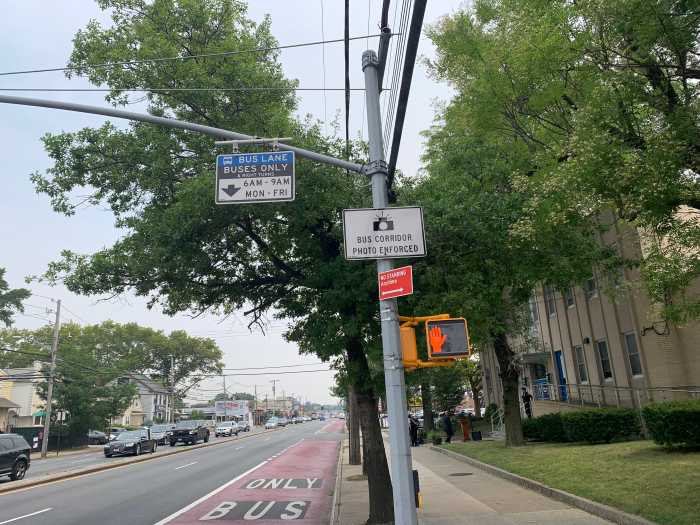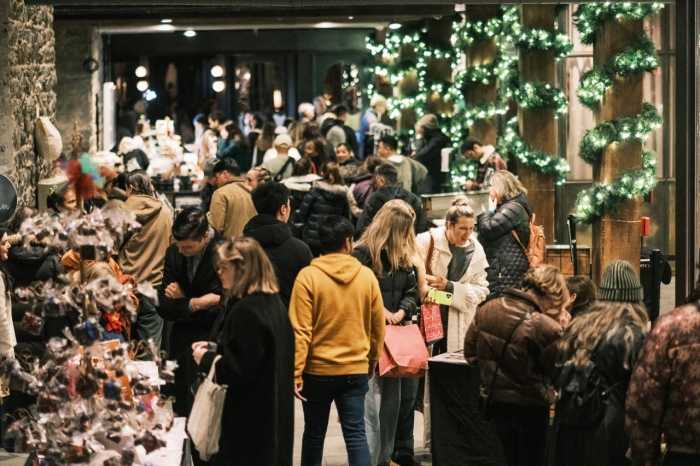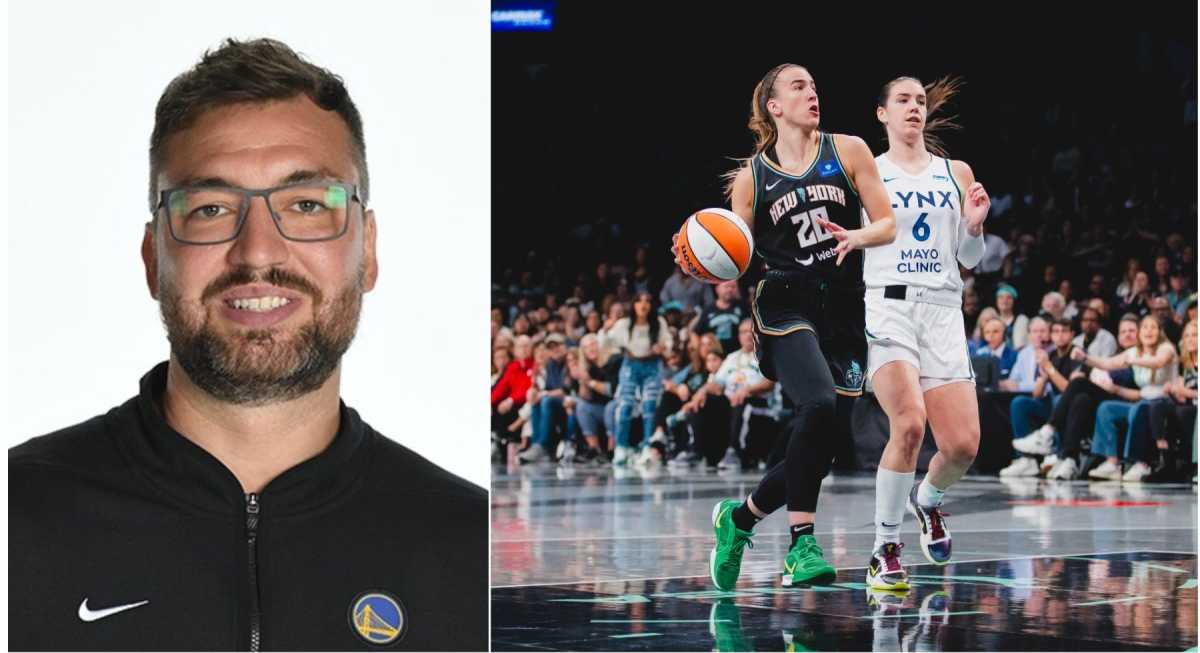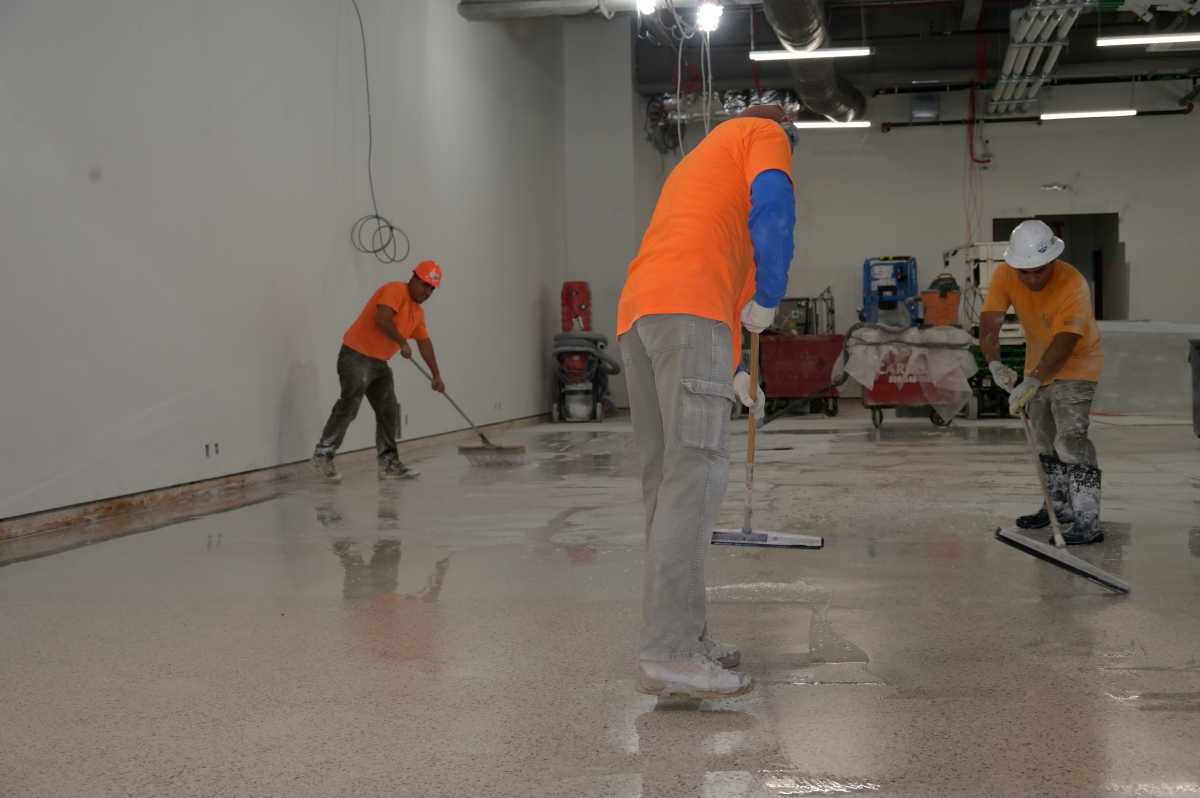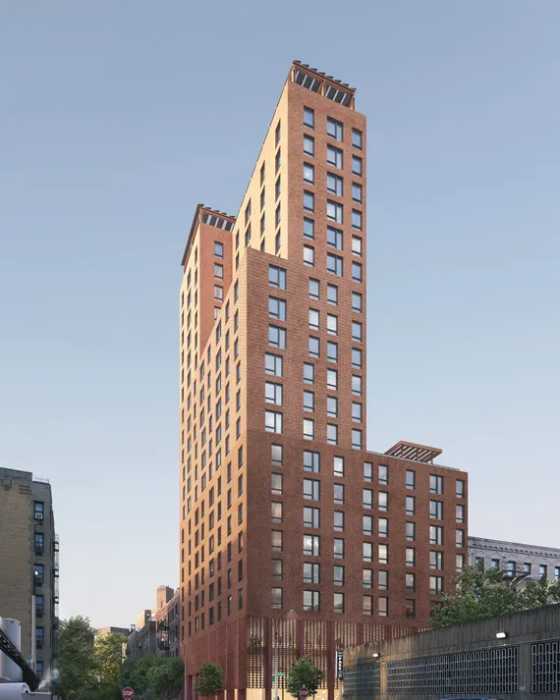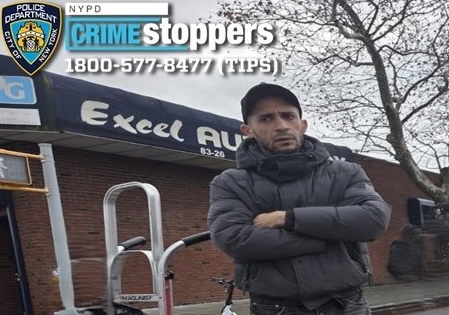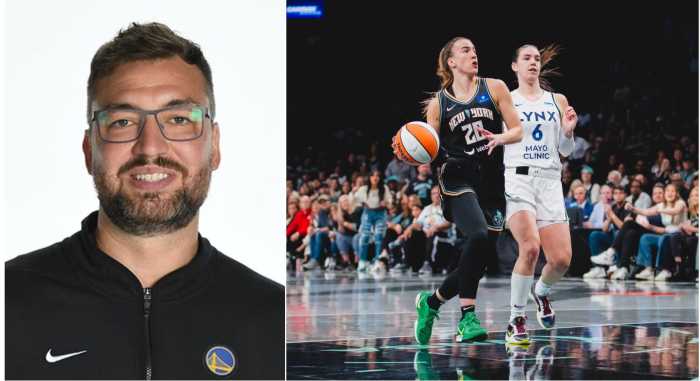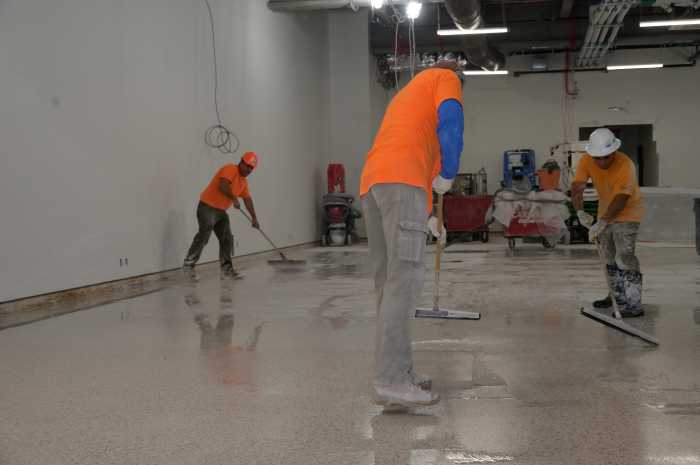Ask any New Yorker who has taken a bus recently how they’ve felt about the experience, and many will tell you the same thing: They’re too slow for their liking.
The broad dissatisfaction with New York City’s bus system became a big part of the mayoral campaign itself. Mayor-elect Zohran Mamdani wants not only to make the buses free, but also to make them faster.
The former goal is a huge challenge in itself; the latter goal of providing an environment that enables buses and their operators to move more quickly might be an even bigger challenge.
The MTA has been working with the city for years to find ways to make buses move faster — including more dedicated bus lanes, redesigning bus routes borough by borough, introducing Select Bus Service systems with fewer stops, etc.
There have been some success stories, such as the 14th Street Busway in Manhattan, where bus times dramatically improved when most of the Manhattan street was closed to all other traffic. Yet the state of the bus system in New York as a whole is far too slow — and that’s a problem, especially in areas of the Big Apple where there are no subway or commuter rail lines running through them.
How do you fix bus speeds in the city? Start by reducing congestion, many times linked to bad drivers. Fortunately, the MTA and city have been working on that as well.
In recent years, the MTA has introduced Automated Camera Enforcement (ACE), which involves affixing cameras to buses to record drivers who illegally block bus lanes or stops and slow traffic. The cameras help provide evidence that becomes the basis for costly violations, which are delivered by mail to drivers.
The MTA says that camera enforcement “has sped up buses on 39 targeted routes by an average of 5% … with some corridors seeing much larger gains of up to 30%. The devices have also proven effective in compelling drivers to do the right thing and avoid receiving a second summons; less than 10% of all drivers have received multiple tickets, according to the MTA.
The Mamdani administration must continue to work with the MTA to expand the ACE program. It is the most cost-effective way for the city and the authority alike to keep bus lanes and stops clear of bad drivers, and make the buses operate on time.
The new mayor must also pick up where the Adams administration left off and expedite efforts to expand the dedicated bus lane network citywide, and create new busways along other crosstown Manhattan streets such as 34th and 42nd Streets — where the M34 and M42 lines often rank among the slowest in the city.
If the buses are reliable and move more quickly, more New Yorkers will ride them — even if they continue paying for the privilege.





